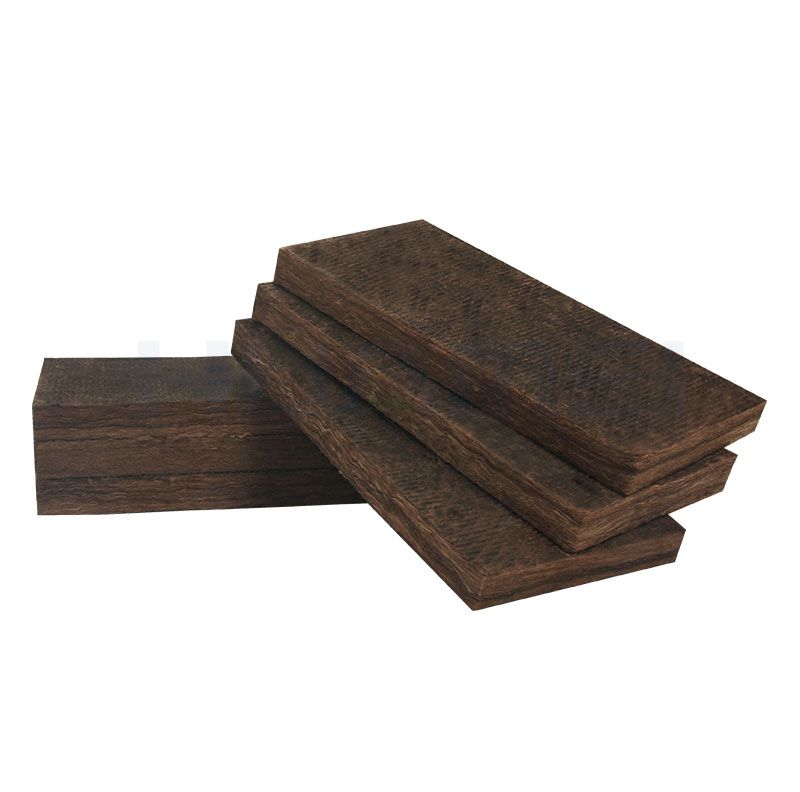Glass Wool belongs to a category of glass fiber, which is a kind of artificial inorganic fiber. It uses quartz sand, limestone, dolomite and other natural ores as the main raw materials, combined with some soda ash, borax and other chemical raw materials to melt into glass. In the melted state, it is blown by external force into flocculent fine fibers. The fibers and the fibers are three-dimensionally crossed and entangled with each other, showing many small gaps. Such gaps can be regarded as pores. Therefore, glass wool can be regarded as a porous material with good thermal insulation and sound absorption properties.
Glass wool is a material that forms a cotton-like material by fibrillating molten glass. The chemical composition is glass and is an inorganic fiber. It has good molding, small bulk density, thermal conductivity, thermal insulation, good sound absorption performance, and corrosion resistance. Decoration and chemical properties are stable. The main components of mineral wool stone are blast furnace slag, phosphate slag, fly ash, etc.
The glass wool produced by Glass Wool Manufacturer has internal fibers that are loose and staggered, and there are a large number of tiny pores. It is a typical porous sound-absorbing material with good sound absorption characteristics. Glass wool can be made into wall panels, ceilings, space sound absorbers, etc., which can absorb a lot of sound energy in the room, reduce the reverberation time, and reduce indoor noise.
The sound absorption characteristics of glass wool are not only related to the thickness and bulk density, but also related to the cover material, structural structure and other factors. In construction applications, it is also necessary to take into account issues such as cost, aesthetics, fire protection, moisture, dust, and aging resistance.
Glass Wool
Glass wool is a porous sound-absorbing material with good sound absorption properties. The reason why glass wool can absorb sound is not because of the rough surface, but because it has a large number of tiny pores and holes that communicate with each other. When sound waves are incident on the glass wool, the sound waves can enter the interior of the material along the pores, causing vibration of air molecules in the gaps. Due to the viscous resistance of the air and the friction between the air molecules and the pore wall, the sound energy is converted into heat energy and is lost.
Glass wool has better sound absorption performance for high and middle frequencies. The main factors affecting the sound absorption performance of glass wool are thickness, density and air flow resistance. Density is the weight of material per cubic meter. Air flow resistance is the ratio of air pressure to air velocity on both sides of the material per unit thickness. Air flow resistance is the most important factor affecting the sound absorption performance of glass wool. If the flow resistance is too small, it means that the material is sparse, the air vibration is easy to pass through, and the sound absorption performance is reduced; if the flow resistance is too large, it means that the material is dense, the air vibration is difficult to pass, and the sound absorption performance is also reduced. For glass wool, the sound absorption performance has the best flow resistance. In actual engineering, it is difficult to measure the air flow resistance, but it can be roughly estimated and controlled by thickness and bulk density.
The sound absorption performance of glass wool is also closely related to the installation conditions. When there is an air layer behind the glass wool board, the sound absorption effect is similar to that of a glass wool board with no air layer of the same thickness. In particular, the mid-to-low-frequency sound absorption performance will be greatly improved compared to the material on the hard bottom surface. The sound absorption coefficient will increase with the thickness of the air layer, but the effect will not be obvious after increasing to a certain value.
In large spaces such as gymnasiums and workshops, in order to absorb noise and reduce noise, sound absorbing bodies with glass wool as the main sound absorbing material are often used. The sound absorbing body can be made into a plate, column, cone or other shaped body according to requirements. The sound-absorbing body is filled with glass wool inside, and the surface is wrapped with a sound-transmitting surface layer. Since the sound absorbing body has multiple surface sound absorption, the sound absorption efficiency is very high.

评论
发表评论